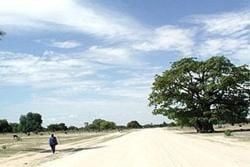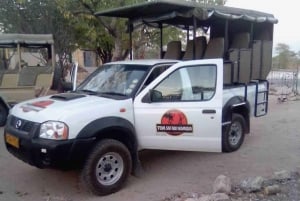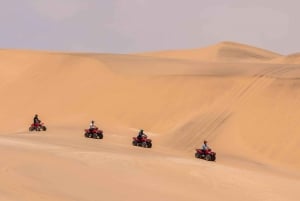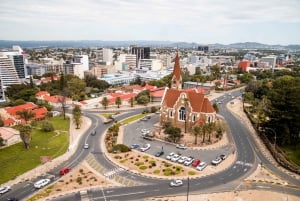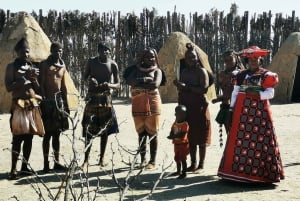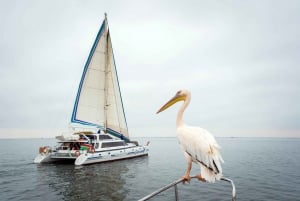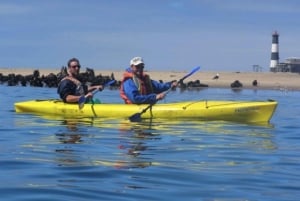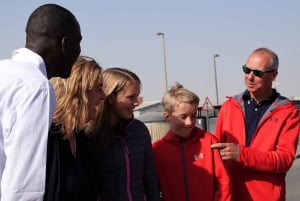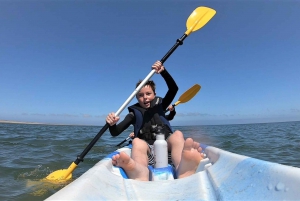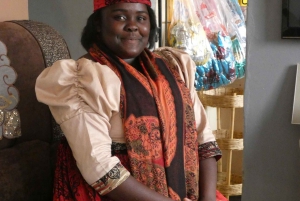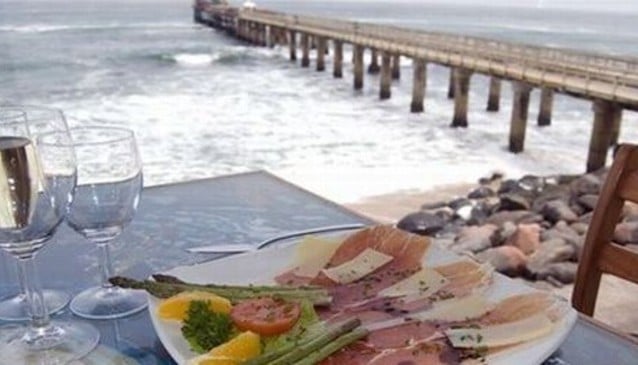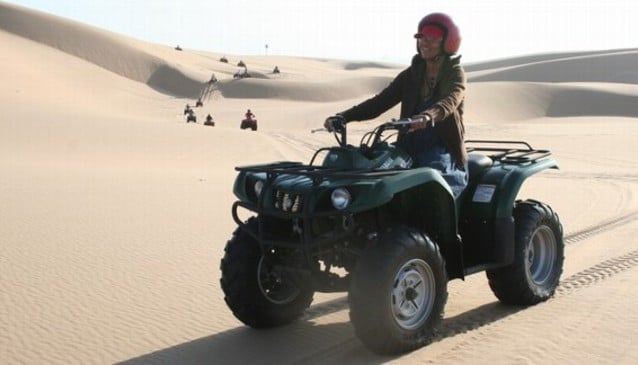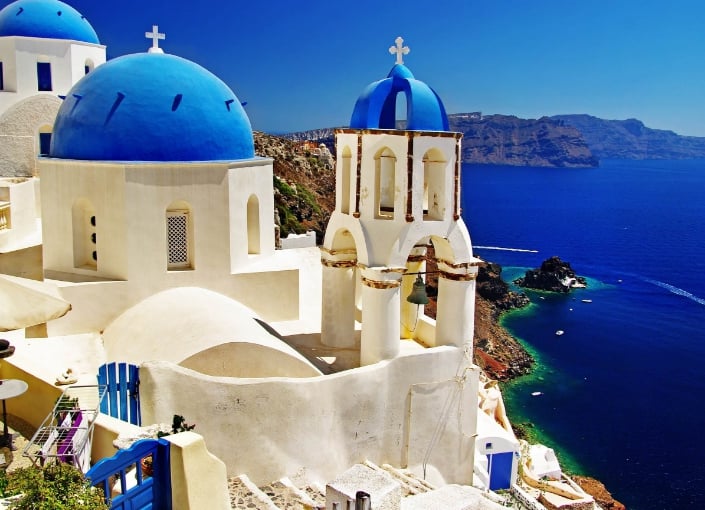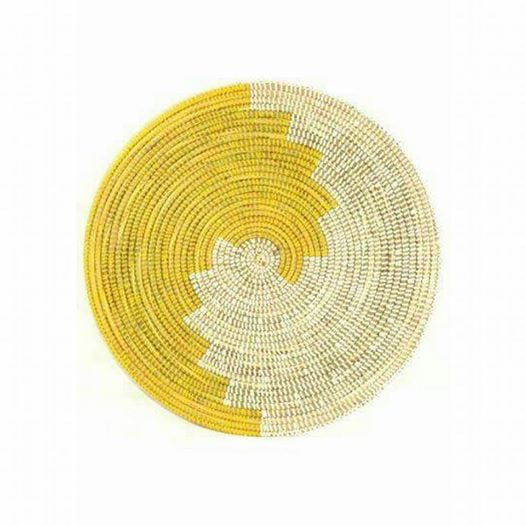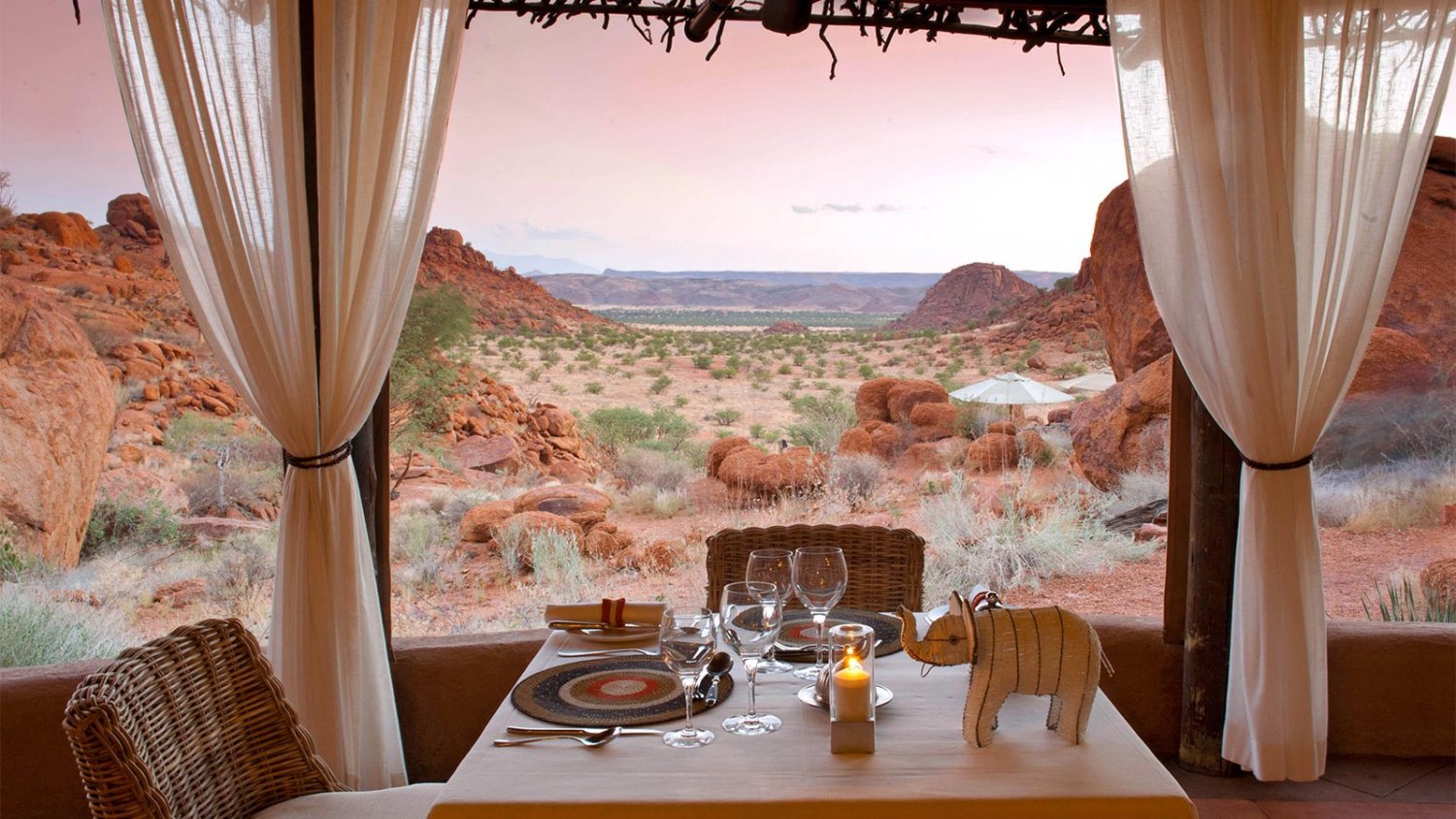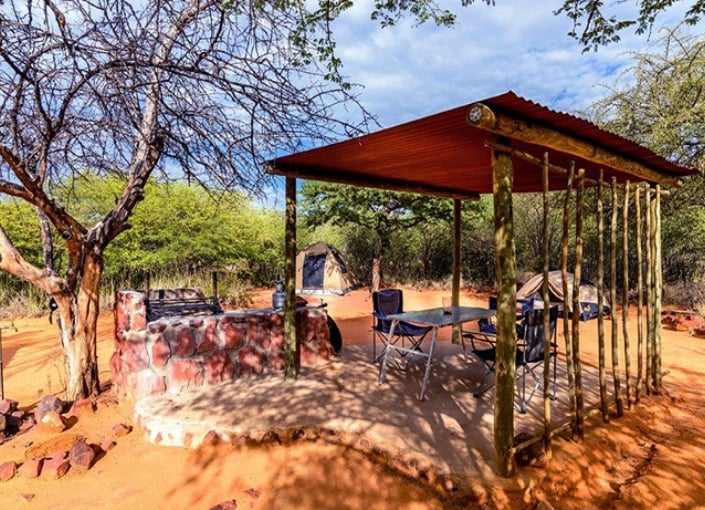Ovamboland
In the far reaches of the north of Namibia lies a beautiful stretch of land. Its atmosphere is that of stunning scenery, lush vegetation and true African culture. Dotted with tiny villages and wide open plains, Owamboland is quite the opposite from the dryness of Namibia’s southern and western areas. In 1871 the Finnish Missionaries descended on the area and built the first church. It was headed by Martti Rautanen for 46 years. The local communities called him "Nakambale" which means "the man with the hat". In an effort to spread the good news he translated the bible into the local Ndonga language. Owamboland is covered with large pans that are inundated with water during the rainy season. Named oshanas in Owambo, these pans stretch far and wide across the open plains. Waving makalani palm trees tower above the ground and the people herd their cattle and goats across the greenery. Local artistry is well practiced with numerous projects and roadside stalls selling intricately weaved baskets, pottery, beautiful jewelry and wood carvings depicting the wealth of Namibian fauna. The little towns, of which Oshakati and Ondanga are the largest, portray true African style. Traditional ways are still adhered to and there are seven kingdoms that exist among the local people, each with its own leader or king. The King Nehale Gate offers access from the north into the Etosha National Park. Named for King Nehale Lya Mpingana, it commemorates their brave attack on the small German fort of Namutoni in 1904, forcing the soldiers to abandon their safe haven. Although wildlife is not as abundant due to the presence of people, the area still retains the air of an African wilderness. Owamboland is the most densely populated of all Namibia’s biomes and the people are warm and friendly. The land encompasses 4 of Namibia’s 13 regions namely Oshana, Oshikoto, Ohangwena, Omusati.
VIEW ACCOMMODATION FOR OVAMBOLAND
Towns
What to see



